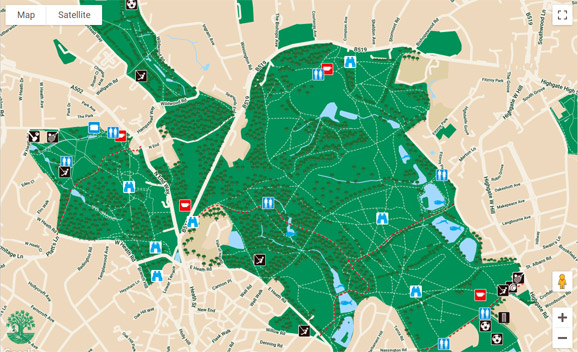By Will Coles, Heath Sub-Committee.

For many Londoners, our green spaces – especially the Heath – are an important amenity where we can take refuge from city life with fresh air, wildlife, and beautiful views. Hampstead in particular has long been seen as a retreat in times of crisis.
In his History of Westminster Abbey, the 15th century monk John Flete recorded that the abbot of Westminster, Simon de Bircheston, fled to Hampstead in order to escape the Black Death in May 1349. However, de Bircheston efforts were in vain and he died later that year from plague.
In January 1524, soothsayers predicted that London would face a great flood and thousands of homes would be swept away on February 1.
Many families, both rich and poor, fled to Hampstead believing that its high elevation would protect them.
According to Thomas Barratt, author of The Annals of Hampstead, the crowds looked out over London from Hampstead on February 1, but when they saw the Thames flowing as normal, they cursed the soothsayers. Naturally, these false prophets were ready with their excuses!
Politician and diplomat Sir William Waad, who lived at Belsize House, noted that during the plague of 1603 many people fled central London for Hampstead in order to take refuge.
He goes on to write rather graphically that the sight of people dying among the hedgerows was a frequent sight in the area.
Over 60 years later during the plague of 1665, Hampstead again became a place of refuge. Tragically, out of 260 houses in Hampstead, 100 deaths were recorded.
The Heath has been a place of retreat for people escaping the crowds of the inner-city for hundreds of years. Even at a social distance, the Heath continues to welcome people with open arms during these current times of trouble. After all, one cannot spell health without heath.
